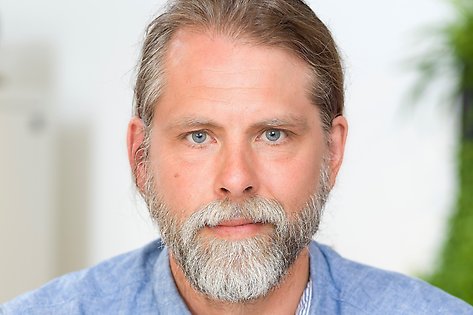Navigating Hazards in the Feed and Food Chain
In one of the workshops at the Chemical Pollution and One Health Summit we will explore how to better assess the risks within the feed/food chain. The participants will discuss ways to make risk analysis more effective and how to improve the way we communicate about these risks. We had the chance to talk to Dr. Gunnar Andersson, who is organizing the workshop together with colleagues from the Swedish Veterinary Institute. In this interview Gunnar shares his thoughts on the workshop topic.

Gunnar Andersson, Senior Scientist, Department of Chemistry, Environment and Feed Hygiene, National Veterinary Institute, SVA
What motivated you to develop this workshop?
The current situation in the world, with political unstable relations and the escalating climate change has led to new situations, with dilemmas and difficult decisions to ensure food security. There is a need for new knowledge, cooperation between partners that have not worked together before, ethical considerations and communication both between authorities and with the public", says Dr. Gunnar Andersson, Researcher, PhD, Swedish National Veterinary Institute (SVA).
Could you give us an example of a risk that is connected with unwanted substances that are known to move from feed to food?
During the last years, PFAS (per- and polyfluoroalkyl substances) has emerged as a potent contaminant in feed and food. The chemicals have been used since the 1950s, but it was not until the 2000s that their widespread occurrence in the environment became known, and they have recently been identified as a public health concern due to contamination of drinking water, pastures for grazing animals and food", says Dr. Gunnar Andersson.
Is the risk of contamination on the rise?
Yes, the ongoing climate changes entails increased risks for contamination. Extreme weather conditions can for instance lead to flooding of sewage water facilities, mining ponds or industries where undesirable substances can be release into water reserves for drinking water or food production", says Dr. Andersson.
Another risk is that the rapid technical development in developing countries is not sustainable, with inferior cleaning/recycling facilities. This means that, for instance heavy metals such as chromium and cadmium, reach the environment and by extension the feed and food chain", he continues.
Whom would you like to have at the workshop table?
We would like to have a mix of persons working with different aspects of food security and food safety. It can be researchers in the areas of sustainable food systems, risk assessment, social sciences, or global justice. Important are also partners from civil society, urban and regional planners, politicians, and governmental authorities making rules and regulations", says Gunnar Andersson.
We would like participants from around the world, hopefully where some have experience of these types of difficult dilemmas and decisions", he continues.
What are your expectations on the summit?
My hope is that we can increase the awareness of emerging health threats in the feed/food chain, and that we can exchange knowledge and experiences from different parts of the world. Also, that new cooperations, networks and ideas for projects can be initiated", says Dr. Andersson.
Thank you!
